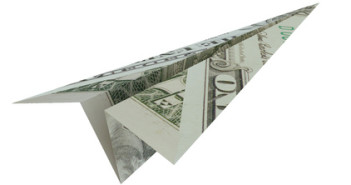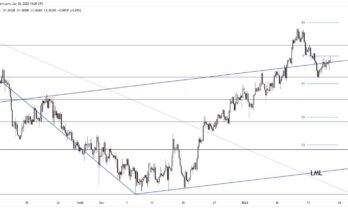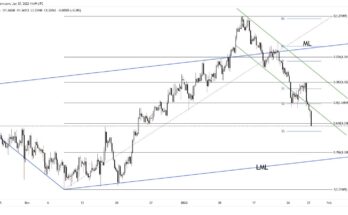The U.S. dollar has remained very strong in 2015 as the U.S. economy has expanded at a faster rate than many of its competitors. Some countries have encouraged weakness in their respective currencies and the U.S. dollar has been a major beneficiary. The greenback is the world’s dominant currency and is close to a 12-year high against both the Euro and the Yen.
Against emerging market currencies and commodity-based currencies the U.S. dollar has surged in 2015. In 2013, one U.S. dollar was worth less than one Canadian dollar – today it is over 30% higher, one U.S. dollar is currently worth $1.33 CAD. It is a similar situation with the Australian dollar as the collapse in commodities and concerns about the Chinese economy has resulted in a sharp fall in the Australian dollar. In 2013, one Australian dollar was worth more one U.S. dollar – today, approximately 70 U.S. cents are equivalent to one Australian dollar.
The Brazilian Real has collapsed in recent years against the U.S. dollar as the economy in the South American country has been very weak. Between 2011 and 2013 one U.S. dollar was trading between 1.50 and 2.45 Real. Today, one U.S. dollar is equivalent to approximately 4 Real. The collapse in the Real has made exports to the U.S. extremely competitive but imports from U.S.A are more than twice as expensive from 2013 levels.
The Euro’s problems have been well documented over the last year or so. The Euro has lost more than a quarter of its value against the U.S. dollar, in May 2014 it was trading at $1.40, today it is approximately $1.10 and a return to parity is within the realms of possibility in the not too distant future as quantitative easing puts pressure on the Euro.
Over the last couple of years, the Japanese government through Abenomics has encouraged a sharp fall in the Japanese Yen to boost the economy through exports. The Yen which was trading below 80 Yen in 2013 against the U.S. dollar is now trading above 120 Yen.
Sterling has also weakened against the U.S. dollar over the past 12 months but not to the same extent. In July 2014, Sterling was trading above $1.70. Today it is approximately 10 per cent weaker with cable trading today at $1.52.



